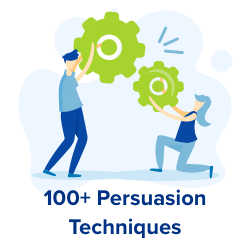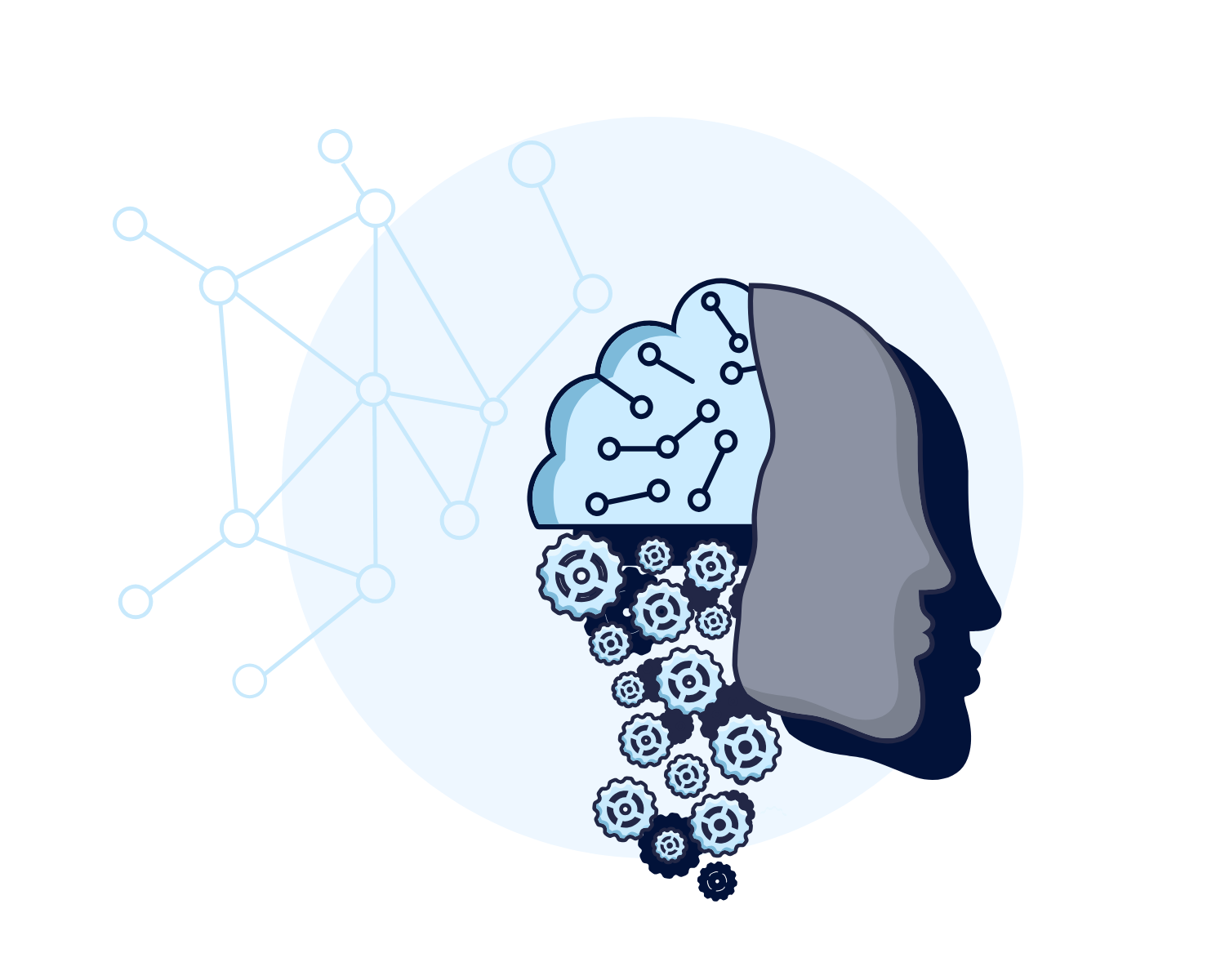When Do We Experience Cognitive Biases?
Reading Time: 3 minutes
In everyday life we are constantly bombarded with cognitive biases, it is actually difficult to think of a situation in which these biases are completely absent. You probably don’t even realise that they are at work! Here are a few examples:
![]()
When Do We Experience Cognitive Biases?
Click here to download a PDF copy of this article Save to read later or share with a colleague.
- When you entered your favourite clothing store last week — were you more attracted to the sweater that was reduced from £50 to £20 or the sweater that was consistently priced at £20? Most individuals would say the reduced jumper — why? Because of the cognitive bias referred to as ‘end anchoring’. This cognitive bias states that the first piece of information we are presented with is weighted higher than any subsequent piece / pieces of information — hence, in this example, the individual is anchored to the starting price of £50, making the reduced jumper seem like a complete bargain!!!
- You went online to book your flights home for the Christmas break last week — but wait there are only 12 seats available on the flight you want. Only 12? You simply have to book it there and then, otherwise you might not get a seat! This is the principle of scarcity — simply, people place a higher value on objects or experiences that they perceive to be scarce and a lower value on items that they consider to be abundant. Hence, you have applied a higher value to a seat on that particular flight as the seats do not appear to be readily available.
- You are sent to the supermarket by a family member and they give you a verbal list of items to buy — milk, bread, tea, oranges, bananas, butter, pasta and tomatoes. You arrive at the supermarket, shopping basket in hand and suddenly your mind goes blank — what were you meant to buy? You can probably remember the milk and the tomatoes easiest, due to a cognitive bias referred to as the serial position effect — you remember the first (primacy effect) and last (recency) effect) piece / pieces of information easier than the middle item.
- You come home from work and a family member offers you six different choices of dinner you could have either: spaghetti bolognese, shepherd’s pie, pizza, fish cakes, macaroni cheese or fish and chips — what do you choose? You might feel overwhelmed by all of these options and ultimately struggle to make a decision. This is referred to as the paradox of choice — where having too much choice can lead individuals to reach less effective and satisfactory decisions that they would have if presented with less choice. Thus, you would make a more effective decision if offered two or three meal options, rather than six or seven (See the Hobson’s + 1 Choice Effect for specifics about the exact number of choices we should be given).
These are only a few of the cognitive biases that affect us in everyday life.




